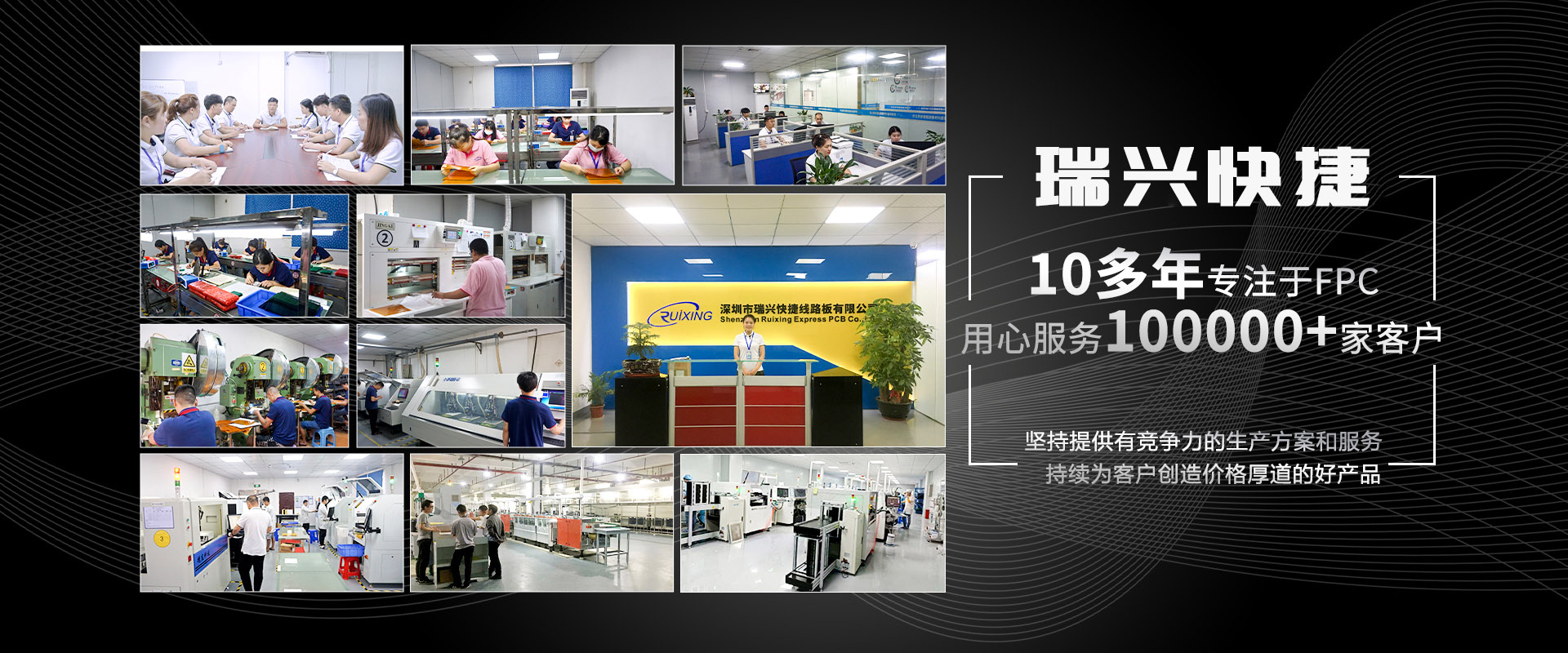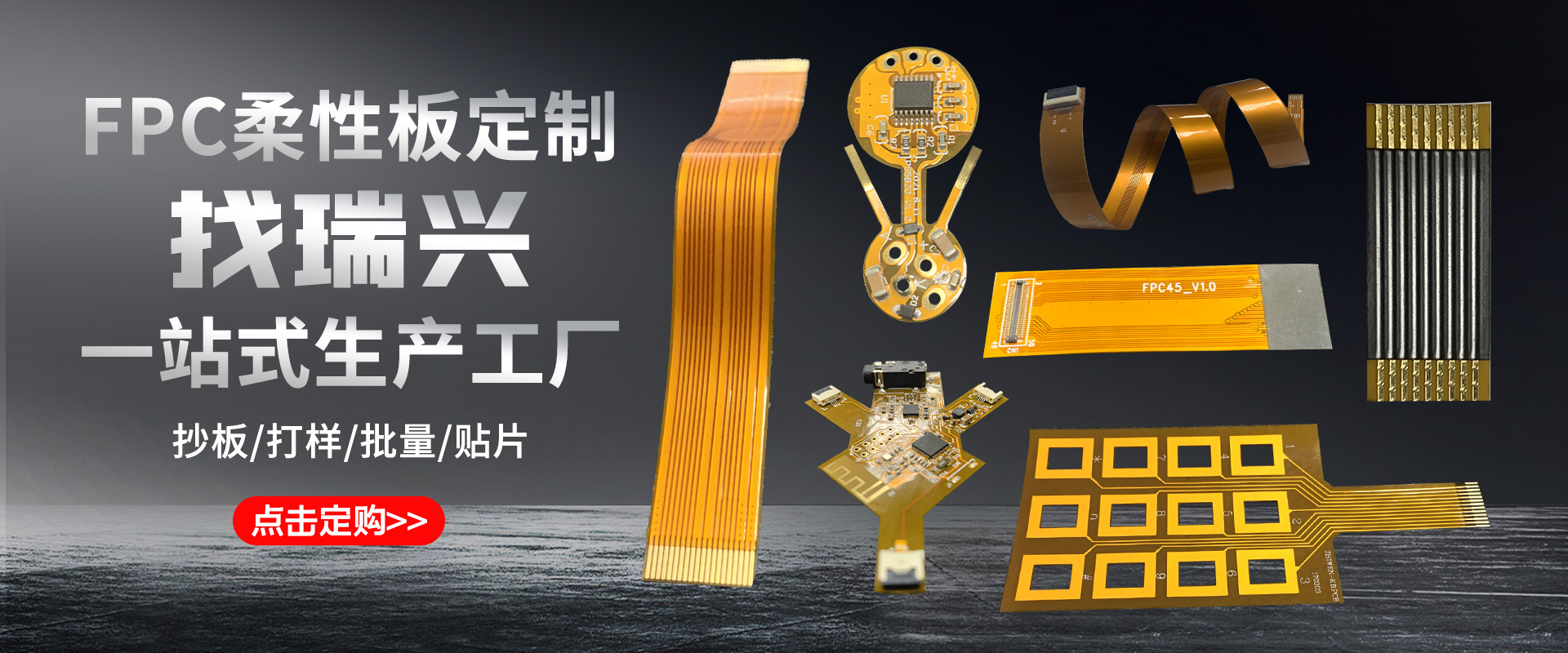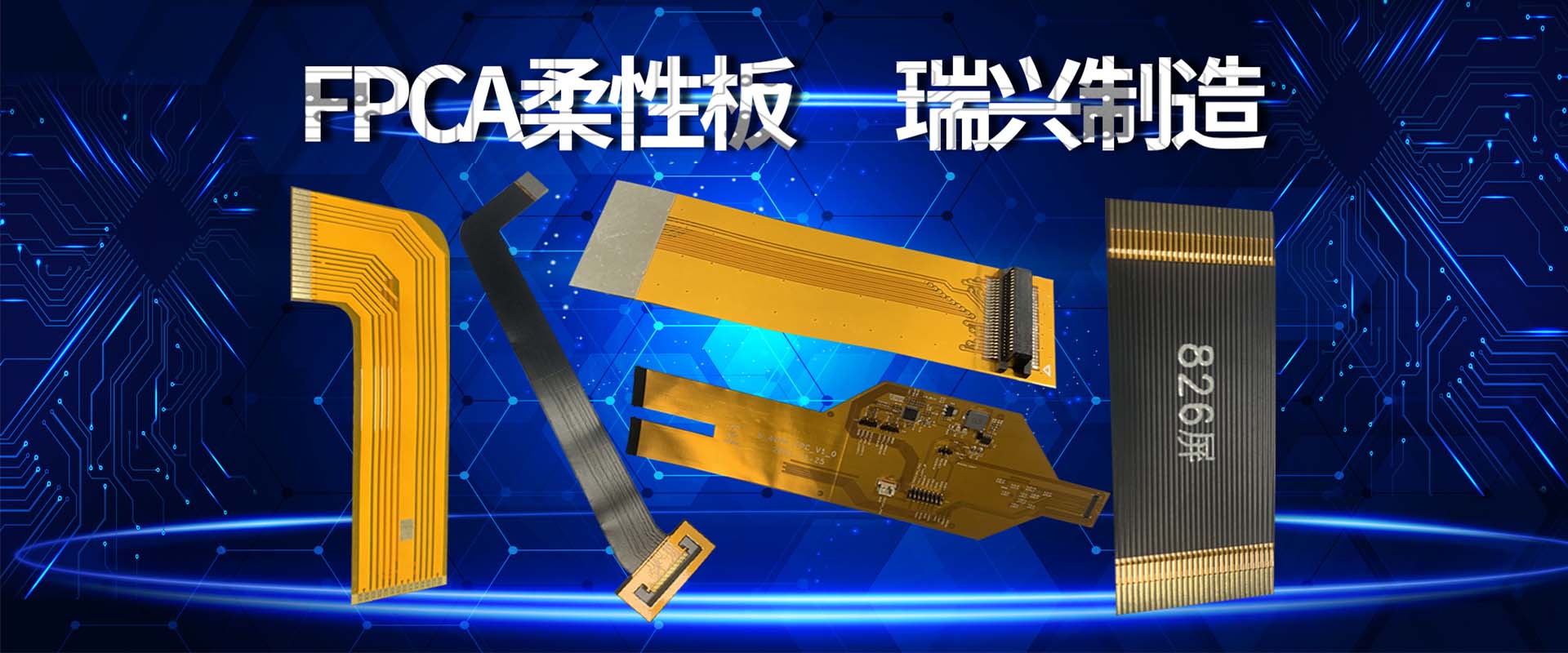
How much do you know about thick copper plates in PCBs?
In PCB sampling, a layer of copper foil is bonded to the outer layer of FR-4. When the completed copper thickness is ≥ 2oz, it is defined as a thick copper plate. Its thickness varies, and the specific application occasions also vary greatly.
So, what are the advantages and performance of thick copper plate?
1. Performance:
The application of thick copper plate in PCB sampling is almost ubiquitous, and it is suitable for a wide range of fields, including various home appliances, high-tech products, military, medical and other electronic devices. Thick copper plates have excellent extensibility, resistance to high and low temperatures, and corrosion, allowing electronic equipment products to have a longer service life. At the same time, they also greatly help simplify the volume of electronic equipment. Especially electronic products that require high voltage and current operation require thick copper plates.
2. Advantages:
In PCB sampling, thick copper plates have excellent strength and processing adaptability. In addition, they are also suitable for various processes and systems such as unit wall panels, flat lock buckle systems, vertical edge bite systems, Bem systems, rainwater drainage systems, and can also be suitable for various processing requirements required by these systems. Another advantage of thick copper plate is that its price is economical and affordable, and it is generally sold in Hardware store.
Thick copper plate belongs to special sheet metal, and Jieduobang is committed to providing customers with higher quality PCB sampling services, specializing in making special sheets that others are unwilling or unwilling to make. In PCB sampling, Jieduobang is currently able to achieve a layer count of 2-6 layers (greater than 6 layers, review); Maximum copper thickness of 10oz; Minimum through hole 0.4-0.6mm.







